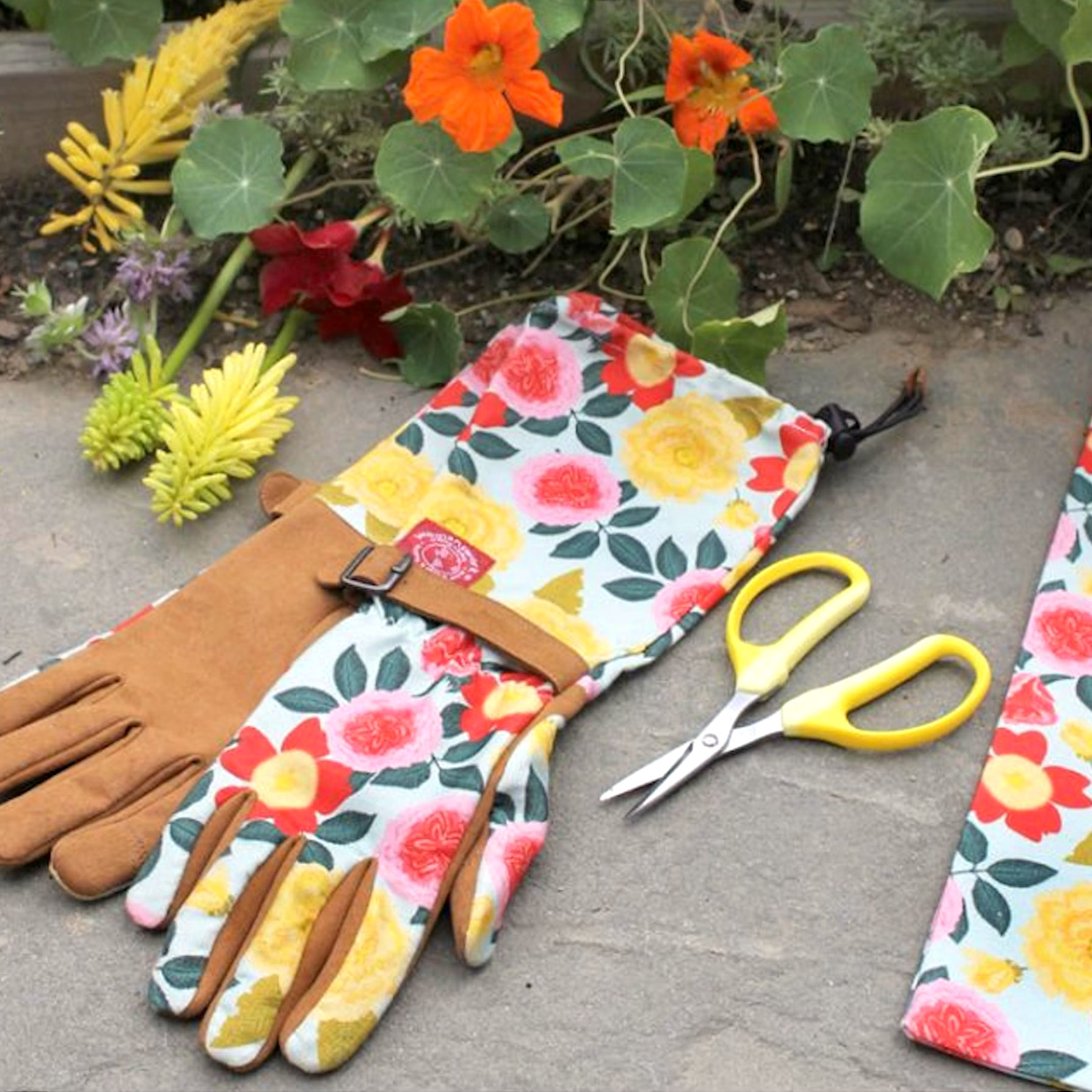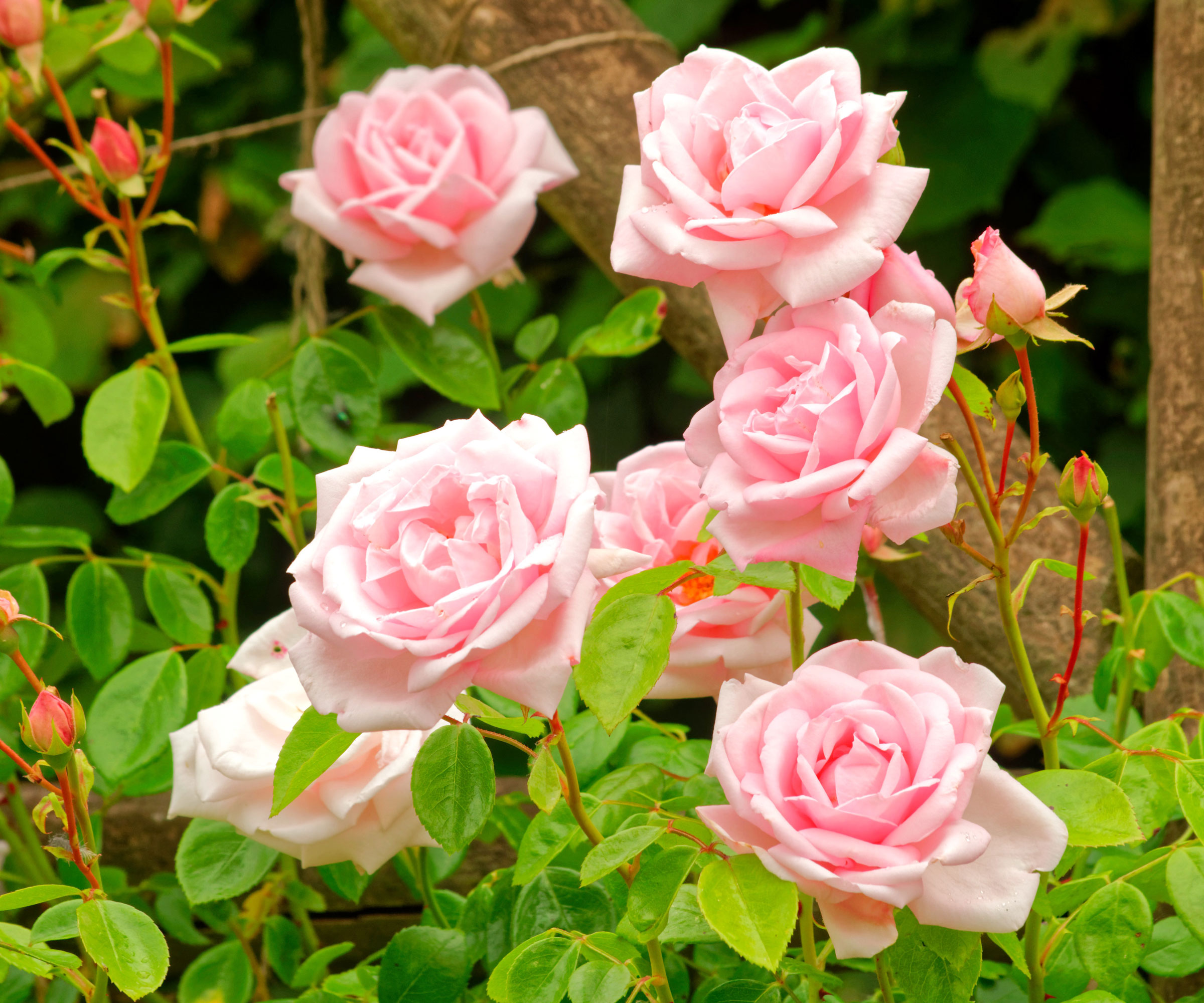Keep Your Pinks Flowering For Longer: How To Deadhead Dianthus For A Bounty Of Blooms
Certain dianthus varieties are capable of flowering well into high summer with the right care – so find out how to deadhead dianthus to guarantee a longer season of pretty pinks
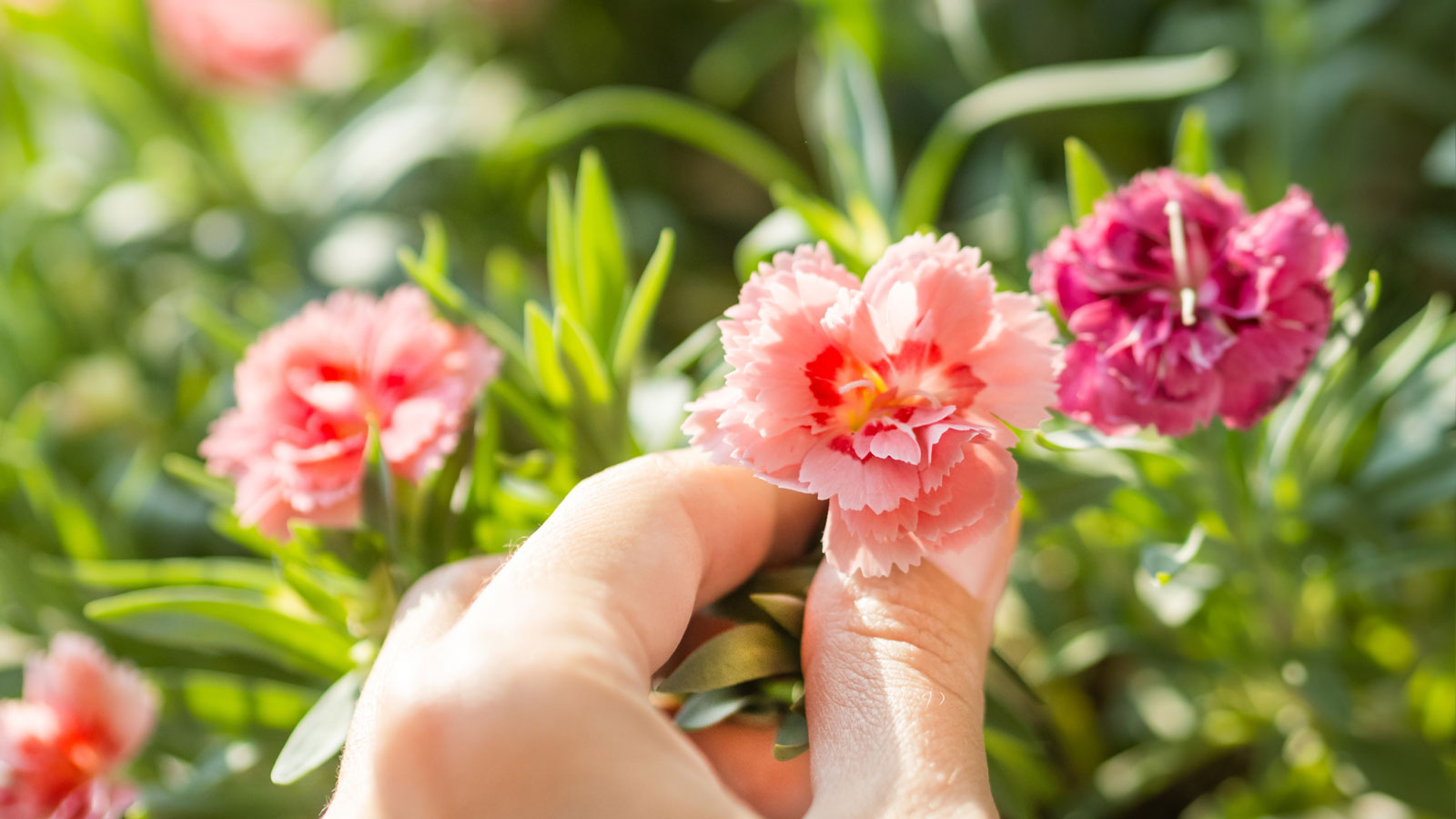

Amy Draiss
Dianthus plants are treasured for their versatility in borders, rockeries, pots and window boxes. Their color, fragrance and abundance of bloom make pinks and carnations especially popular for anyone hoping to extend the beauty of seasonal and established perennial beds. Flowering will persist through summer for many varieties with minimal dianthus plant care and attention, but you can increase the chances of extending the blooming period if you know how to deadhead dianthus. Here, we show you how to make more of these pretty and prolific cottage garden favorites.
Why Do You Deadhead Dianthus?
Deadheading, or the removal of faded flowers, is a vital way to promote further blooming in plants like dianthus. It basically involves tricking the plants into believing that it doesn’t need to go to seed. By preventing plants from producing seed, valuable energy continues to go into the production of more flowers. If you are willing to deadhead dianthus plants like pinks and carnations, you are likely to be rewarded with weeks of further blooms.
Though some species of dianthus will only bloom once, regardless of pruning, many varieties of pinks will respond well to the technique. Indeed, plenty of dianthus pinks may rebloom into late summer and even the fall. Knowing how to deadhead dianthus flowers will also help to keep beds, borders and containers looking tidy, guaranteeing the very best displays of pink bloomers for as long as possible.
When and How to Deadhead Dianthus Flowers
When and how to deadhead a dianthus plant can vary by region. In the main, though, you can remove flowers as soon as the petals begin to die back or wilt. This usually occurs in summer. At this time, you may carefully clip stems back to the nearest set of healthy leaves, promoting new growth. It’s best if you make cuts at a 45-degree angle, using a sharp pair of pruners, snips, scissors or secateurs to avoid damage to stems.
Clean cuts not only look neater, they also reduce stress to pinks. We love the Felco 2 Bypass Pruner Classic from Walmart which is hard-wearing and great for precision cuts. If you are a left-hander, try the Spear & Jackson Razorsharp Left-Handed Bypass Pruner from Amazon, which has a lovely ergonomic action.
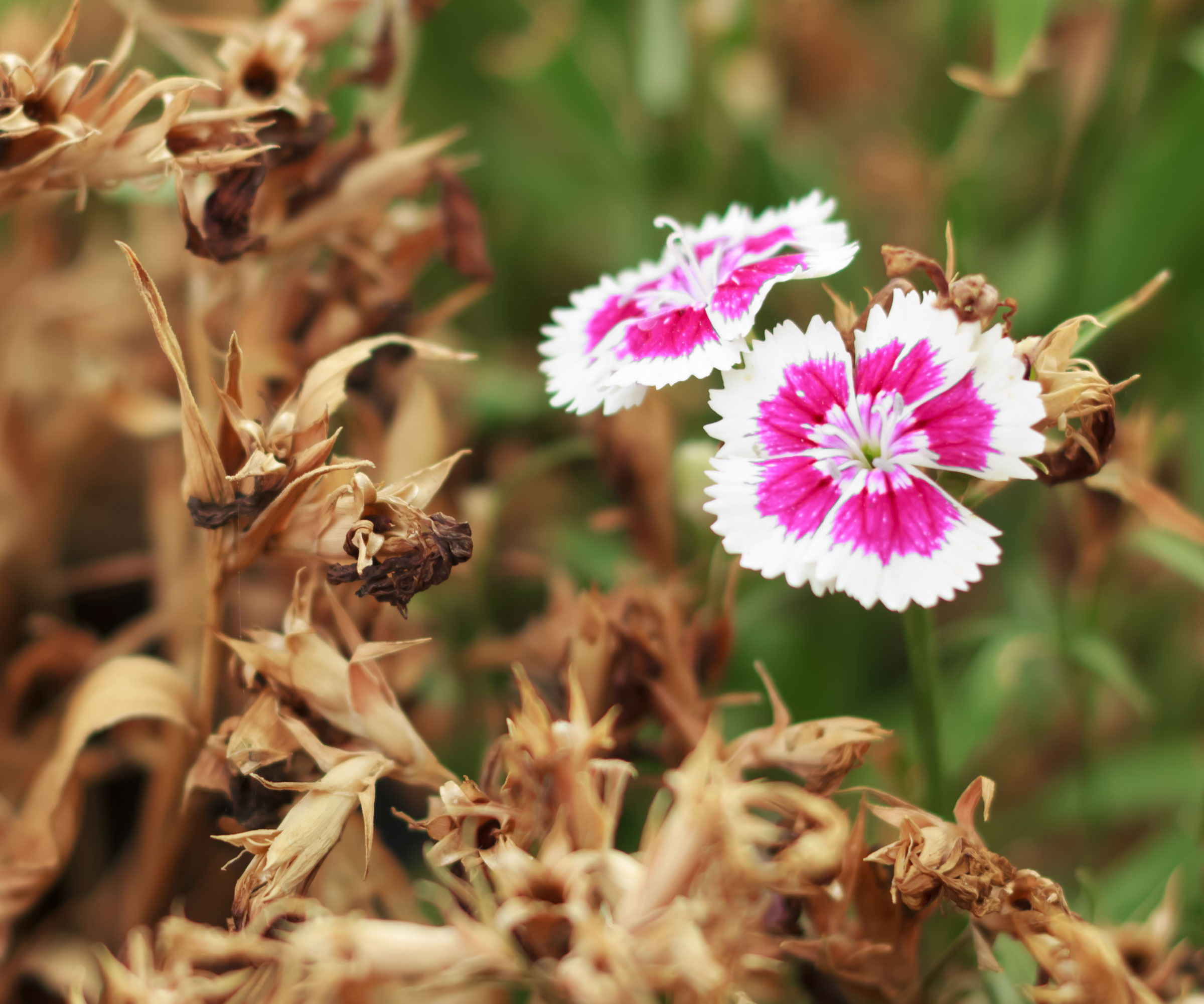
Deadheading Aftercare for Dianthus
As well as knowing how to deadhead dianthus plants, you need to make sure you keep growing conditions in the soil or potting mix moist (but not waterlogged). Continued and correct watering throughout the hottest parts of summer will help to encourage production of flowers into the fall, depending on your variety. You should also ensure that your plants receive at least six hours of sunshine a day.
You should also keep feeding with a sensible fertilizer during the growing and flowering season to boost bloom. Use a fast-acting liquid or foliar feed. It’s best to choose a fertilizer tailored towards encouraging more flowers. A balanced flowering concentrate like Seedlingers Flower Food from Amazon can help give flowers a boost in the heights of summer.
Additional pruning can help to maintain the desired size and shape of established plants, though regular trimming may negatively impact repeat bloomers, so use your common sense.
Sign up for the Gardening Know How newsletter today and receive a free copy of our e-book "How to Grow Delicious Tomatoes".
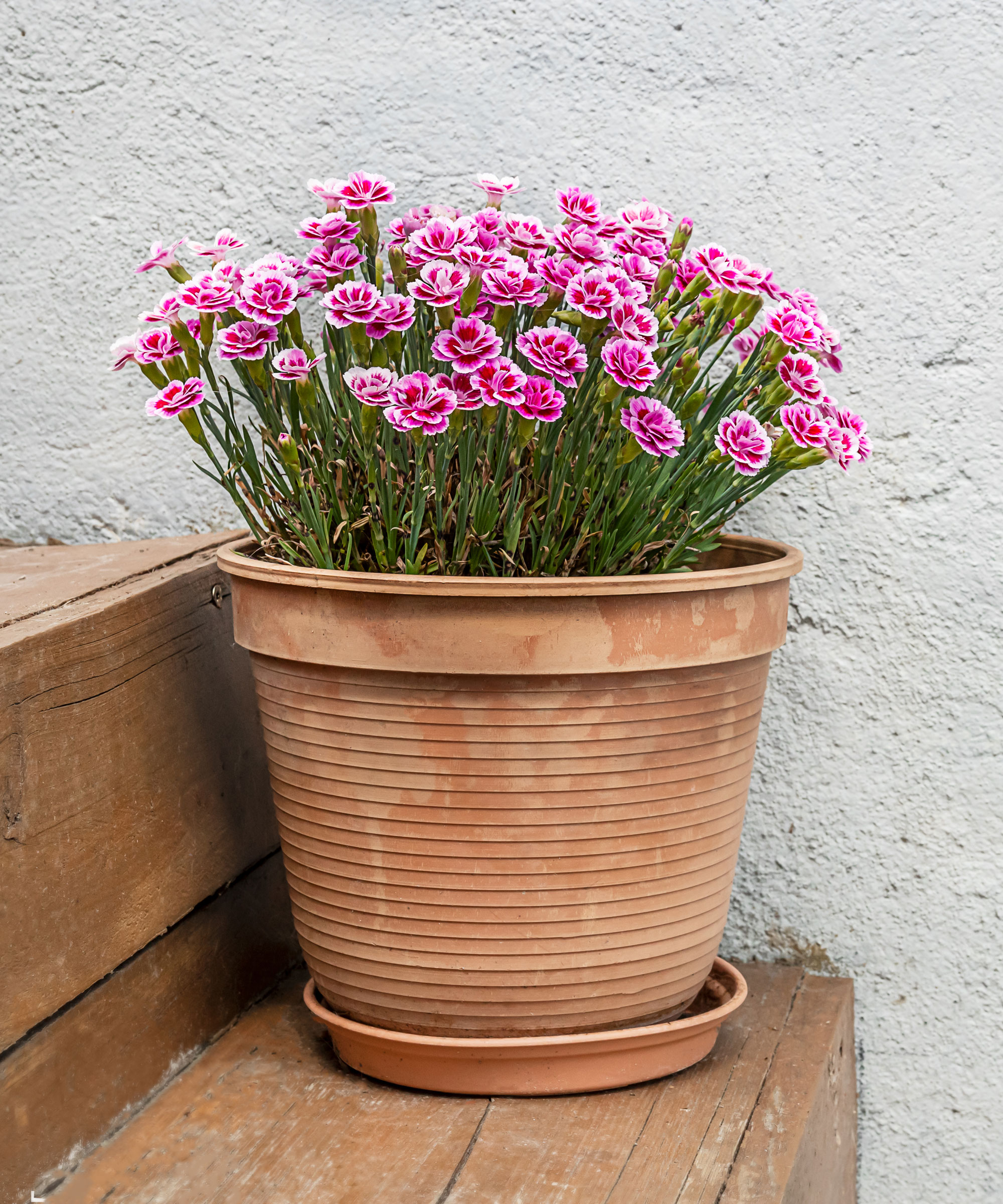
What Happens if You Don’t Deadhead Dianthus
Though dianthus pinks and carnations are known for the longevity of their blooms in cottage gardens and mixed borders, failure to deadhead may slow their growth. Plants which have been allowed to set seed are likely to cease flowering much sooner than those where you intervene.
When the time is right, mature seed may drop to the ground, resulting in the growth of volunteers. This is especially true of heirloom or open-pollinated varieties, which will reproduce most readily. Newer introductions or hybrid cultivars may also set seed, with resultant traits varying significantly from that of parent plants.
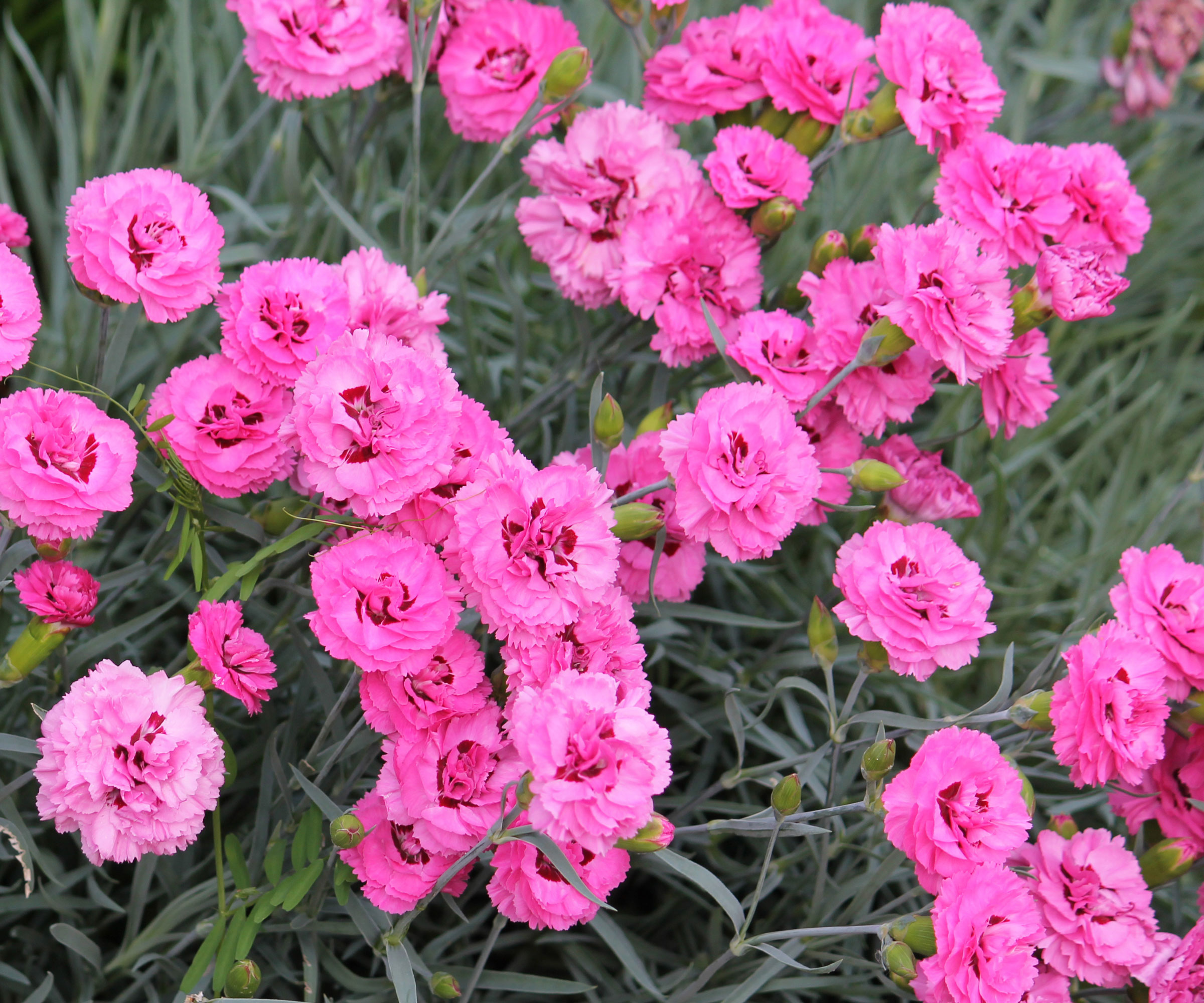
Which Dianthus Varieties Flower for the Longest?
While deadheading does help to encourage further blooming, some dianthus varieties are naturally inclined to flower for longer as a result of breeding. Depending on your USDA region and weather conditions, your particular variety could bloom into the fall if you take good care of your dianthus. Here are some of the longest flowering dianthus types:
- Dianthus ‘Fizzy’: This fluffy flowerer with its jagged edges and maroon centers can bloom from early spring to late summer. It’s a classy double pink with lavender tones.
- Scent First: This series, which includes ‘Candy Floss’, ‘Sugar Plum’ and ‘Passion’, is capable of flowering May to September, especially if you deadhead to extend the season.
- Perpetual: Commonly known as the border carnation or pink, the perpetual dianthus (D. caryophyllus) produces long-flowering doubles in masses of vibrant pinks, reds and purples.
Frequently Asked Questions
What is the lifespan of a dianthus flower?
Dianthus blooms hold exceptionally well in the garden, and if you look after your plants they should last you for months. They are able to withstand harsh growing conditions whilst maintaining their beauty. On average, gardeners can expect flowers to persist several weeks before each bloom begins to fade.
Do dianthus plants come back every year?
Most gardeners consider dianthus to be a short-lived perennial. Where your particular dianthus variety is a perennial, you can expect it to come back for three to six years. If you divide clumps after flowering, you have a better chance of seeing more blooms the following year. However, over time, pinks will become a little woodier. The blooms may not look quite as vivid or punchy after a few years.
Do dianthus plants prefer pots or the ground?
Dianthus flourish in borders and rock gardens – but they also make sensational summer flowers for pots and window baskets and even thrive in hanging baskets with the right care. If you are growing in containers, it’s best to choose smaller or dwarf varieties. However, whether you grow in the grown or in containers, the main things to remember are to make sure plants receive plenty of sunshine during the growing and flowering season, and a regular supply of water and plant feed to maintain good health.
This article features products available from third party vendors on the Gardening Know How Shop. Keep in mind that our plant inventory is limited - so if you’re thinking of purchasing, don’t wait!

Tonya Barnett has been gardening for 13 years. Flowers are her passion. She has transformed her backyard into a cut flower garden, which she regularly chronicles on her YouTube channel http://www.youtube.com/@tonyawiththeflowers.
- Amy DraissDigital Community Manager
